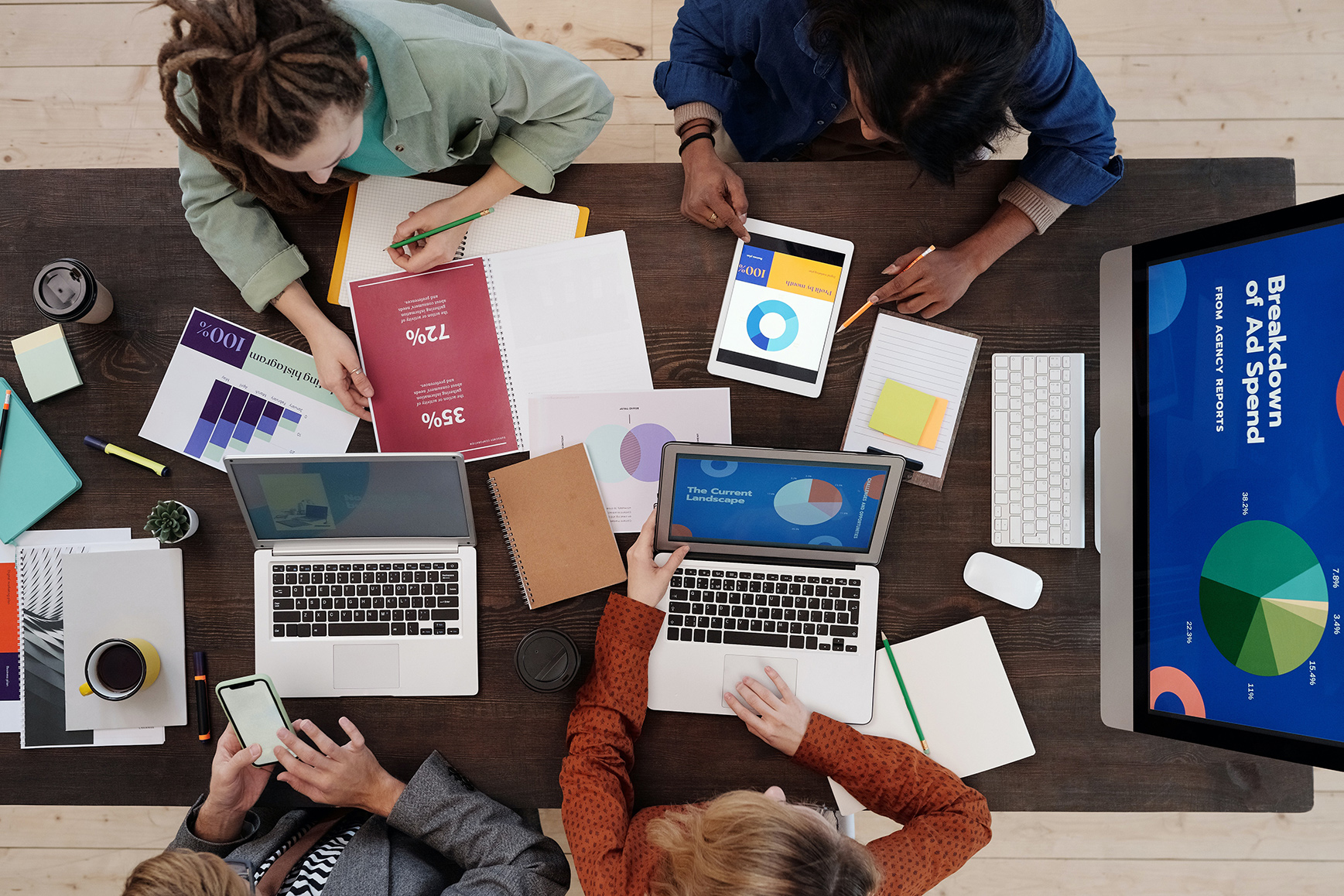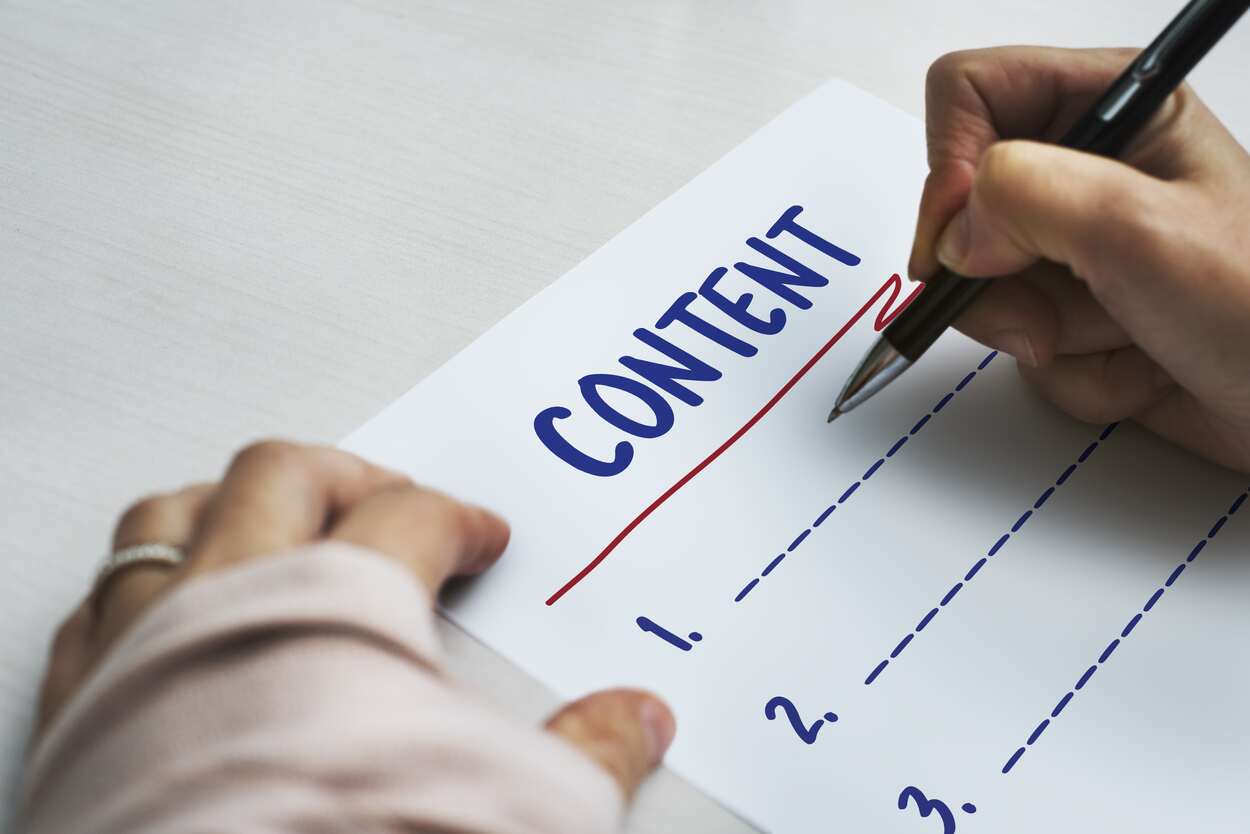Boost your website’s SEO in 2024 with these simple tips


Are you tired of your website languishing on page 10 of Google search results? Do you want to boost your online visibility and drive more traffic to your site in 2023? Look no further! ( CHANAK ) In this blog post, we will share our top 10 SEO tips to help you improve your website’s search engine rankings and drive more traffic to your site.
We have you covered, from conducting keyword research to creating high-quality content and building backlinks.
1. Understand How SEO Works
Before you can optimize your website for search engines, it is important to understand how SEO works. SEO, or search engine optimization, is the process of improving the quality and quantity of website traffic by increasing the visibility of a website or a web page in a search engine’s unpaid results

- SEO is the process of improving the visibility and ranking of a website or a web page in search engine results pages (SERPs)
- Search engines use algorithms to determine the relevance and quality of a website’s content and use this information to rank websites in their SERPs
- SEO aims to increase the quantity and quality of organic traffic to a website.
2. Some key factors that search engines consider when ranking websites include
- Relevance of website’s content to the user’s search query
- Quality and relevance of backlinks pointing to the website
- User experience, including website speed and mobile-friendliness
- On-page optimization, such as the use of meta tags and structured data
3. Conduct Keyword Research
One of the most important aspects of SEO is keyword research. By researching the keywords your target audience is searching for, you can create content that is more likely to rank well in search engines.

- Keyword research is identifying the keywords and phrases your target audience is searching for in search engines.
- Conducting keyword research allows you to understand the search intent of your target audience and create content that is more likely to rank well in search engines.
4. Some key steps in conducting keyword research include:
- Identifying your target audience and their search intent
- Analyzing the competition for relevant keywords
- Identifying long-tail keywords that are less competitive but still relevant to your business
- Prioritizing keywords based on their search volume, relevance, and competition
5. Optimize Your Website’s Structure
A well-structured website is essential for SEO success. Make sure your website has a clear hierarchy and that all your pages are easy to navigate. Optimizing your website’s structure is essential for SEO success as it helps search engines understand the hierarchy and organization of your website.

Some key steps in optimizing your website’s structure include:
- Creating a clear hierarchy of your website’s pages, with the most important pages at the top level
- Organizing your pages into categories and subcategories
- Using clear, descriptive URLs for your pages
- Including breadcrumb navigation to help users and search engines understand the structure of your website
- Creating a sitemap and submitting it to search engines
6. Create High-Quality Content

Content is king when it comes to SEO. Make sure to create high-quality, unique content relevant to your target audience. Creating high-quality content is a crucial aspect of SEO as it helps search engines understand the relevance and value of your website to users.
Some key steps in creating high-quality content include:
- Conducting research and understanding the search intent of your target audience
- Creating unique, informative, and engaging content that addresses the needs and interests of your target audience
- Incorporating keywords into your content in a natural and organic way
- Optimizing your content for readability and user experience
- Updating your content regularly to keep it fresh and relevant
Example :
A home goods store creates a blog post on “10 DIY Home Decor Ideas for Small Spaces” that provides detailed and helpful tips for homeowners looking for ways to decorate small spaces. The post is optimized for the keyword “DIY home decor ideas” and includes relevant images and videos.
7. Build Backlinks
Backlinks are links from other websites to your website. The more high-quality backlinks you have, the higher your website will rank in search engines. Building backlinks is an essential aspect of SEO, as it helps search engines understand the popularity and authority of your website. Backlinks are links from other websites to your website, indicating that other websites consider your content valuable and relevant.

Some key steps in building backlinks include:
- Creating high-quality and valuable content that is likely to be shared and linked to by others.
- Reaching out to other websites and asking them to link to your content.
- Participating in online communities and forums to build relationships and gain exposure.
- Guest blogging on other websites to gain backlinks and exposure.
- Creating infographics and other shareable content that can be embedded on other websites.
Example :
A fashion blogger writes a detailed and informative article about the latest fashion trends for the upcoming season. The blogger reaches out to other fashion bloggers and websites in their niche, asking them to link to their article. As a result, the article gains several high-quality backlinks.
8. Optimize Images and Videos
Optimizing images and videos is an important aspect of SEO as it helps search engines understand the content and context of your website.

Some key steps in optimizing images and videos include:
- Using relevant and descriptive file names for your images and videos.
- Incorporating keywords into the file names and alt tags of your images and videos.
- Compressing your images and videos to reduce their file size.
- Creating captions and transcripts for your videos.
- Embedding your videos on your website and other platforms, such as YouTube.
9. Use Social Media
![]()
Social media platforms such as Instagram and Facebook can also help boost your website’s SEO. Make sure to share your content on these platforms and include links back to your website. Using social media is an essential aspect of SEO as it helps increase your website’s visibility and drive more traffic to your site.
Some key steps in using social media include:
- Creating a social media presence on platforms such as Facebook, Twitter, Instagram, and LinkedIn.
- Sharing your content on social media platforms.
- Engaging with your followers and building relationships with other users.
- Incorporating keywords and hashtags into your social media posts.
- Creating visually appealing and shareable content for social media.
Example :
A fashion blogger creates a visually appealing Instagram post featuring a new clothing collection. The blogger includes keywords and hashtags relevant to the clothing collection in the post and links back to the collection’s page on their website. As a result, the post receives a high engagement rate and drives more traffic to the blogger’s website.
Websites to Use for Social Media Optimization:
- SEMrush : a tool that provides a comprehensive analysis of your website’s SEO performance, including social media optimization, backlink analysis, and competitor analysis.
- Ahrefs : a tool that provides an in-depth analysis of your website’s backlink profile and competitor research.
- Moz : a tool that provides a wide range of SEO analysis and optimization features, including social media optimization, site audit, and link building.
- Hootsuite : a tool that allows you to schedule and publish social media posts and track your social media metrics and engagement.
- Canva : a website that allows you to create visually appealing images and videos that can be optimized for social media.
- Buffer : a tool that allows you to schedule and publish social media posts and track your social media metrics and engagement.
The right social media strategy can complement your SEO efforts and help you reach a wider audience, and Chanak Analytics does it best.
10. Create a Digital Strategy
Creating a digital strategy is an important aspect of SEO as it helps you align your online efforts with your business goals. A digital strategy is a plan for using digital marketing to achieve your business goals.

Some key steps in creating a digital strategy include:
- Identifying your business goals and objectives.
- Conducting a SWOT analysis to understand your strengths, weaknesses, opportunities, and threats.
- Identifying your target audience and their needs.
- Researching your competition and their digital strategies.
- Identifying the digital channels and tactics that will best help you achieve your goals.
- Setting measurable objectives and KPIs.
- Continuously monitoring and evaluating the performance of your digital strategy.
Example :
A small business creates a digital strategy to increase its online sales by 20%. They conduct a SWOT analysis, identify their target audience, and research their competition. They then identify the tactics they will use to achieve their goal, including SEO, social media marketing, and paid advertising. They set measurable objectives, such as increasing website traffic and conversion rates, and continuously monitor and evaluate their performance.
11. Measure and Analyse Your Results
Measuring and analyzing your results is an important aspect of SEO, as it helps you understand the effectiveness of your efforts and make data-driven decisions..

Some key steps in measuring and analyzing your results include:
- Set measurable objectives and KPIs for SEO and lead generation, such as website traffic, engagement, conversion rates, and lead generation numbers.
- Tracking your website’s traffic, engagement, and conversion rates using tools such as Google Analytics.
- Analyzing your website’s search engine rankings using tools such as SEMrush or Ahrefs.
- Researching your prospects and building a list of potential leads using tools such as LinkedIn Sales Navigator or apollo.io
- Identifying which tactics and channels are driving the most results for both SEO and lead generation.
- Continuously monitor and evaluate your performance and make data-driven decisions to optimize your strategies.
Example :
A small business tracks its website’s traffic, engagement, and conversion rates using Google Analytics. They also analyze their search engine rankings using SEMrush, and their social media metrics using Hoot suite. They research their prospects and build a list of potential leads using LinkedIn Sales Navigator. They identify that their social media marketing efforts drive the most traffic to their website, so they decide to allocate more resources to social media marketing and focus on lead generation.
In conclusion, SEO is a complex and ever-changing field that requires combining technical and creative skills. Following the tips outlined in this blog post can boost your website’s SEO in 2023 and increase your online visibility and rankings. These tips include conducting keyword research, optimizing your website’s structure, creating high-quality content, building backlinks, optimizing images and videos, using social media, creating a digital strategy, and measuring and analyzing your results.
Using tools such as SEMrush , Ahrefs , Moz , and Google Analytics , you can gain valuable insights and make data-driven decisions that can lead to better ROI. Remember, SEO is not a one-time process; it is an ongoing process that requires continuous monitoring and optimization. Keep learning and experimenting with new techniques, and you will see the results.
Join the community
Join our 400,000+ person community and contribute to a more private and decentralized internet. Start for free.


